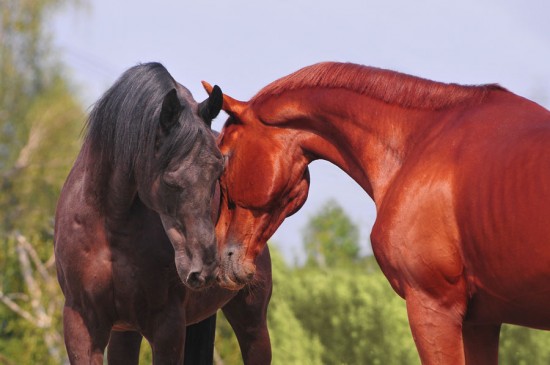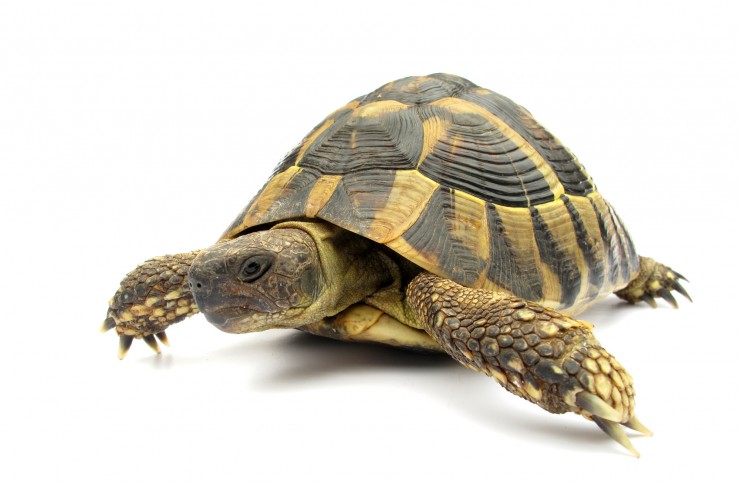
Java moss is a very popular aquarium plant since it will adapt to most conditions and require a minimal amount of maintenance. Its scientific name is Vesicularia dubayana and it comes from the waters of Java, Malaysia and India. It is a so called sleeper moss and can be found in the family Hypnaceae. It forms very small green leaves that rarely grow bigger than 4 millimetres. The leaves grow in pairs on each side of the stem.
Many fish species from all over the world likes to spawn among Java moss plants in the aquarium even when it can not be found in their native habitat. Java moss will also provide fry with an ideal hiding place where they can avoid being eaten by adult fish. Since infusoria appreciate it as a home, really small fry will have access to tiny food that they can feed on until they are large enough to eat bigger food types.
Java moss does not have to be planted in the substrate; you can simply tie it to a piece of aquarium decoration or leave it floating around in the aquarium. A free-floating piece of Java moss can however be sucked into the filter, so most aquarists prefer to attach the moss to something or plant it in the substrate. It can actually do well even above surface as long as the air is moist. It is therefore a great plant for open aquariums and paludariums.
When you attach the Java moss to rock, wood or any other type of aquarium decoration you can for instance use fishing wire. Be careful not to use materials that can pollute the water, e.g. cupper wire. The moss will instantly start growing small roots (so called rhizoids) and try to attach it self to the surface. After a while, the fishing wire is no longer needed since the plant will be secured by the rhizoids.
Java moss is a very fast growing plant, and when you have purchased one plant you can easily use it to create new plants for other parts of the aquarium. Java moss can be propagated by simply splitting the plant and moving one of the parts to another place. The Java moss will often propagate itself in the aquarium since small pieces will fall of the main plant and drift around in the water until they find a new place where they can attach themselves. The Java moss will also form red-brown sporocarps.
Java moss will endure a wide range of different water conditions and temperatures. It is native to warm waters and the preferred temperature range is therefore 64?86?F (18?30?C). It will also appreciate a pH between 5.8 and 8.0 but can sometimes adapt to more acidic conditions. Unlike many other tropical plants, Java moss does not require strong light and it will actually do best in low or medium strong light. Algae can be a problem for the Java moss since excessive algae growth on the leaves can harm and even kill the plant.
 How Do Horses Communicate?
How Do Horses Com
How Do Horses Communicate?
How Do Horses Com
 Cites And The Advertising Of Endangered Pets
Cites And The Adv
Cites And The Advertising Of Endangered Pets
Cites And The Adv
 Online Pet Supplies – Better Way To Shop Is Online
Our pets give us joy and happiness. They motivate us to
Online Pet Supplies – Better Way To Shop Is Online
Our pets give us joy and happiness. They motivate us to
 Five Myths About Canine Aggression, Busted
Five Myths About
Five Myths About Canine Aggression, Busted
Five Myths About
 Ragwort – What Every Horse Owner Should Know
Ragwort – What Ev
Ragwort – What Every Horse Owner Should Know
Ragwort – What Ev
Copyright © 2005-2016 Pet Information All Rights Reserved
Contact us: www162date@outlook.com